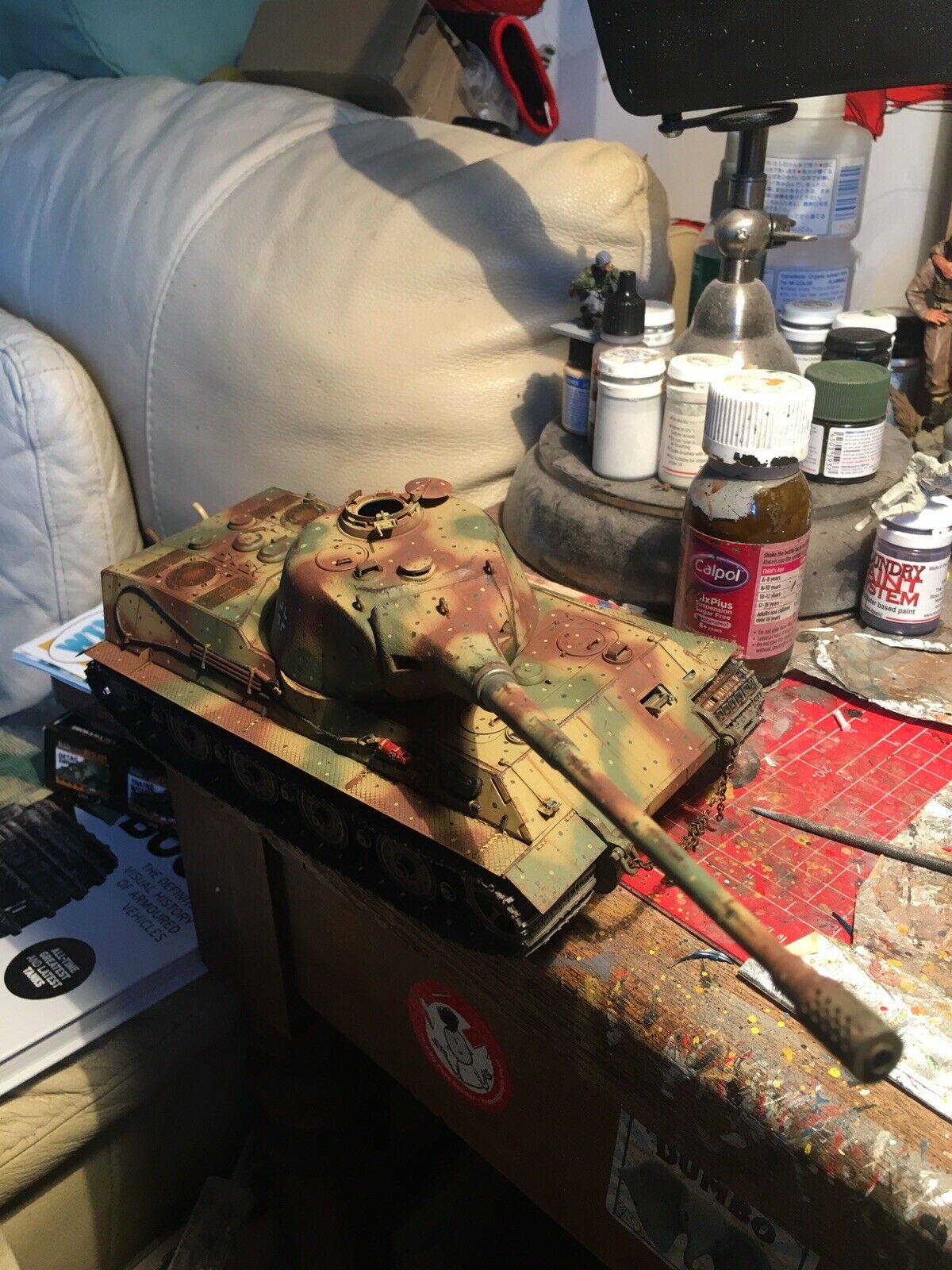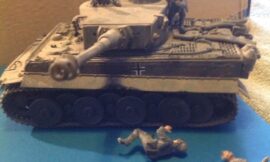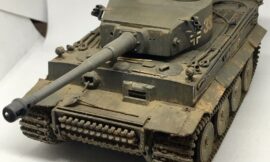The Panzer VII Löwe (German for “Lion”) was a proposed German super-heavy tank during World War II. Here are the detailed aspects of the Panzer VII Löwe:
Historical Context and Development
- Development Period: The development of the Panzer VII Löwe began in 1941, as part of Germany’s efforts to create super-heavy tanks that could dominate the battlefield with superior firepower and armor.
- Design Company: The design work was undertaken by Krupp, one of the leading German armament manufacturers.
Design and Features
- Proposed Variants: There were two main variants proposed for the Löwe:
- Leichter Löwe (Light Lion): This variant was supposed to weigh around 76 tons, with lighter armor and a higher speed.
- Schwerer Löwe (Heavy Lion): This variant was designed to be heavier, around 90 tons, with thicker armor and more powerful armament.
- Armament: The Löwe was proposed to be equipped with a 10.5 cm or 12.8 cm main gun, which would provide it with significant firepower capable of destroying any Allied tank at the time.
- Armor: The armor was to be extremely thick, with the heavy variant having frontal armor up to 140 mm thick and side armor up to 100 mm, making it nearly impervious to most contemporary anti-tank weapons.
- Powertrain: The exact powertrain specifications are unclear due to the project’s cancellation, but it would have required a very powerful engine to move its considerable weight, likely something in the range of 1,000 horsepower or more.
- Dimensions and Weight: The designs varied, but the heavy variant would have been one of the largest tanks ever proposed, with significant weight and size.
Cancellation and Legacy
- Project Cancellation: The Panzer VII Löwe project was ultimately cancelled in favor of developing the even larger and more powerful Panzer VIII Maus. Adolf Hitler and other high-ranking officials decided that the resources would be better spent on the Maus project, which promised even greater capabilities.
- Impact on Future Designs: Although the Löwe never progressed beyond the drawing board, it influenced the design philosophy of subsequent German super-heavy tanks, showcasing the ambition of Nazi Germany to field the most formidable armored vehicles possible.
Technical Specifications (Proposed)
For the Schwerer Löwe (Heavy Lion) variant:
- Weight: Approximately 90 tons
- Length: Around 7.7 meters
- Width: Around 3.6 meters
- Height: Around 3.8 meters
- Crew: Likely 5 (commander, gunner, loader, driver, radio operator)
- Armament: 10.5 cm or 12.8 cm main gun, 1 x 7.92 mm MG34 machine gun
- Armor: Up to 140 mm frontal armor, 100 mm side armor
Summary
The Panzer VII Löwe was a bold and ambitious design that reflected the German military’s desire to achieve battlefield superiority through sheer firepower and armor protection. However, like many super-heavy tank projects of the era, it was plagued by practical issues such as mobility, resource allocation, and the ever-changing demands of the war. The Löwe remains a fascinating “what-if” of armored warfare history, a testament to the extremes of tank design explored during World War II.







